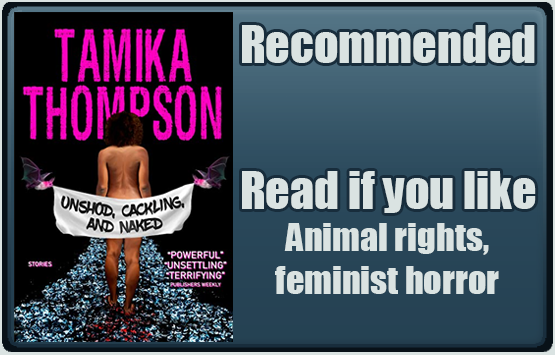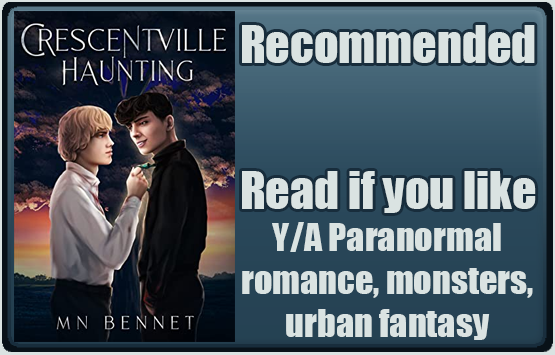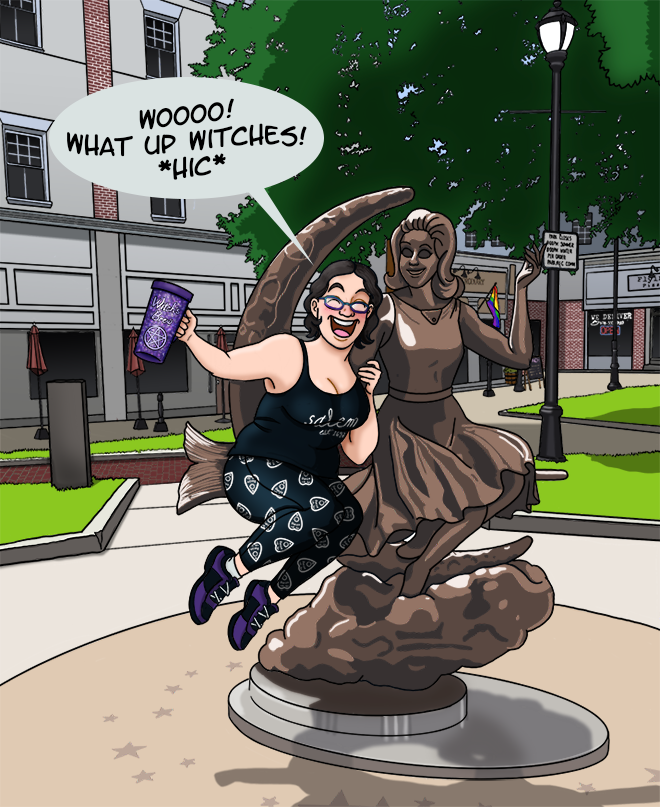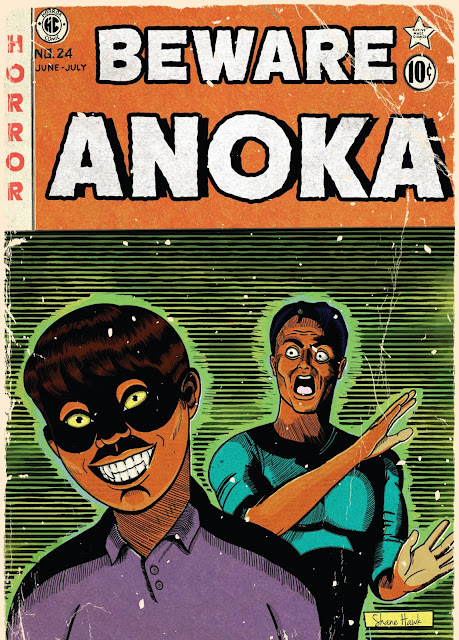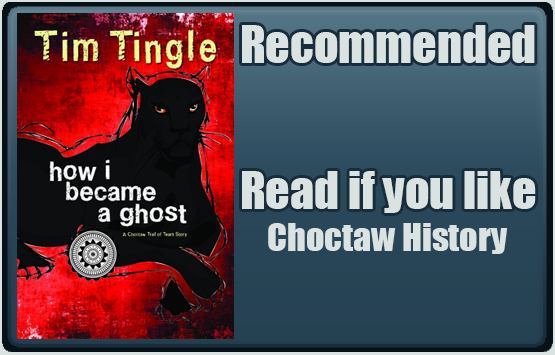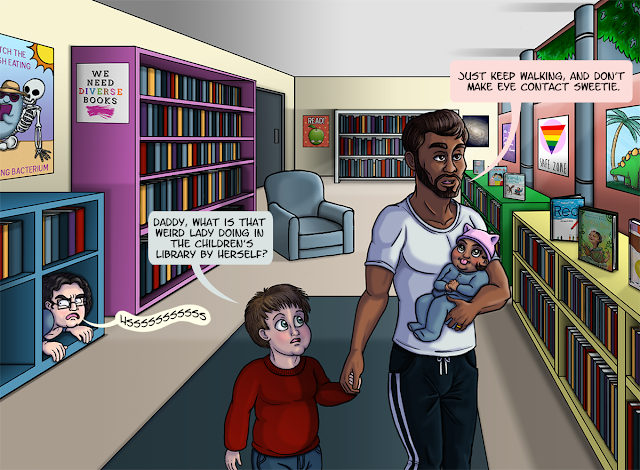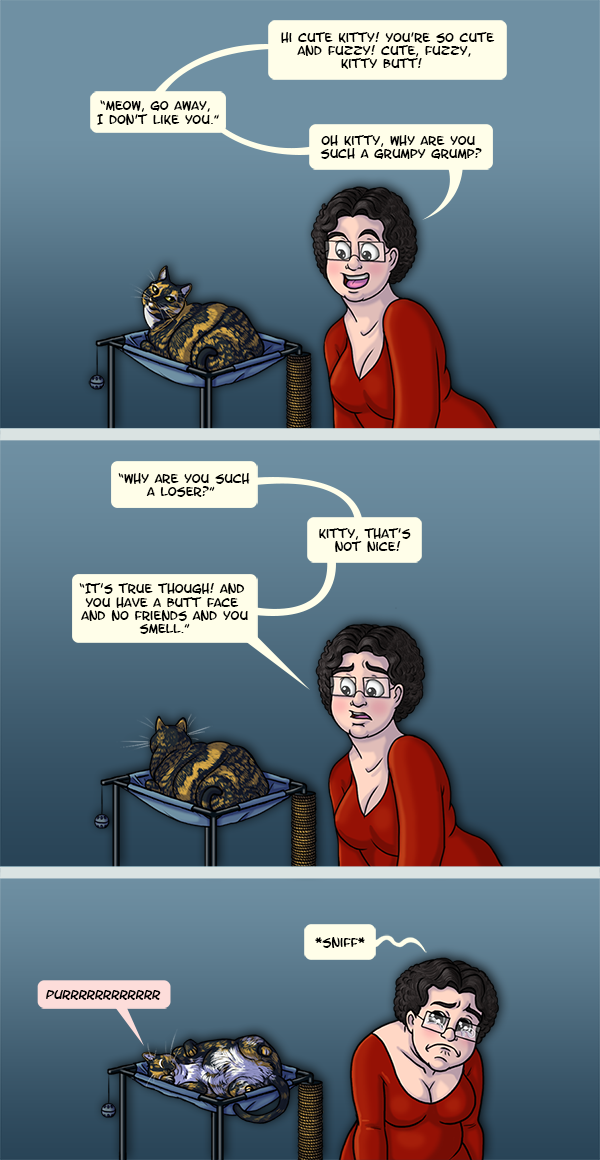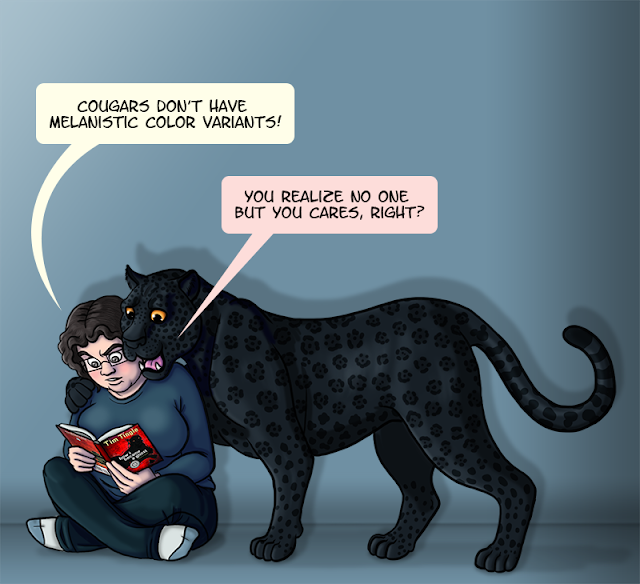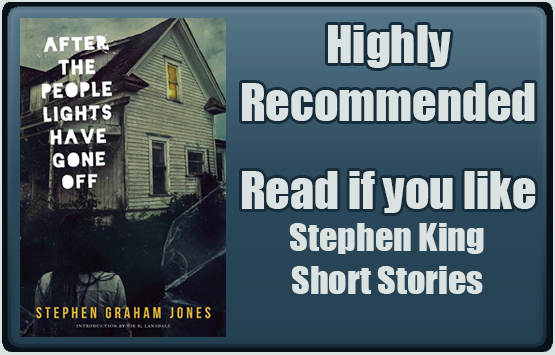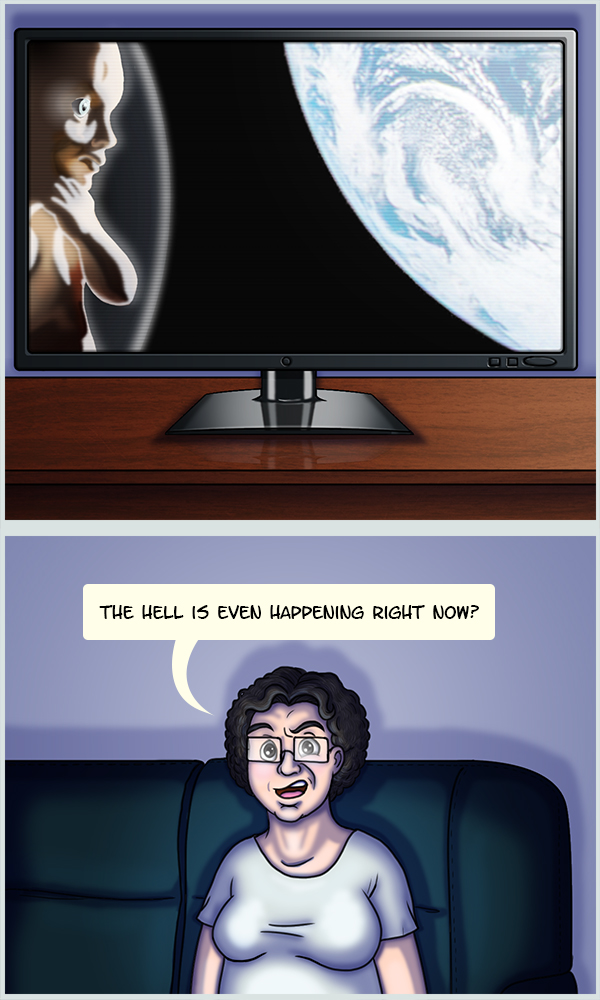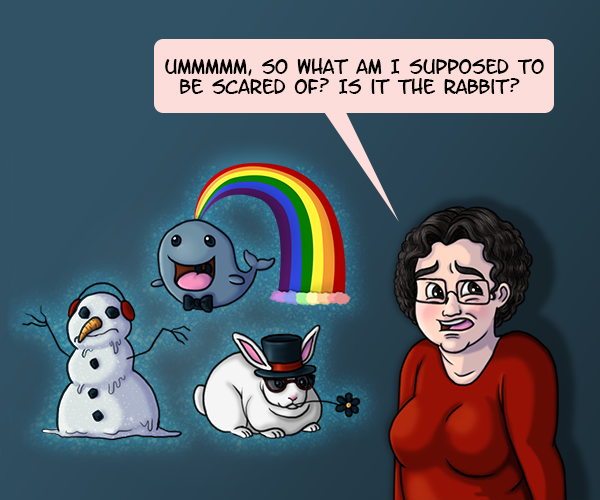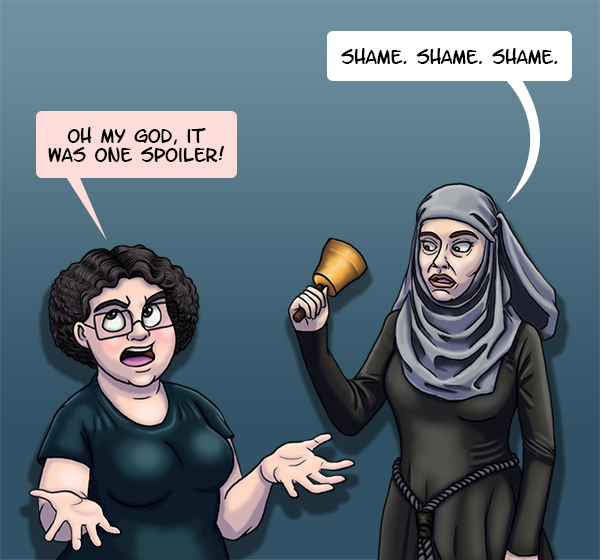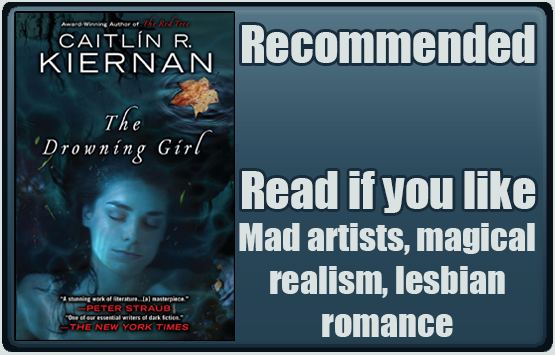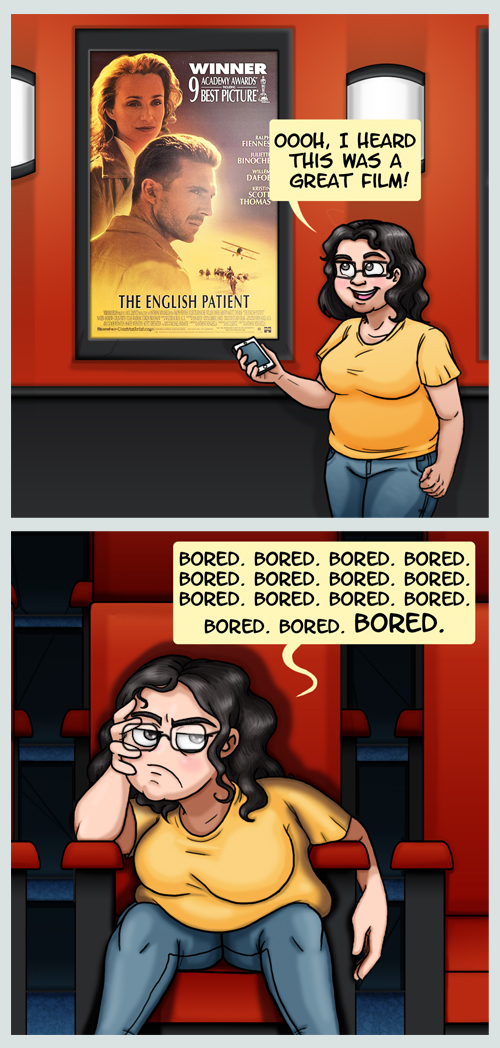Formats: Print, digital
Publisher: Unnerving
Genre: Apocalypse/Disaster, Killer/Slasher, Sci-Fi Horror, Werebeasts
Audience: Adult/Mature
Diversity: Black main characters and author, lesbian character, Biracial Black/Creek character
Takes Place in: LA, California
Content Warnings (Highlight to view): Alcohol Abuse, Animal Death, Body Shaming, Child Abuse, Child Death, Pedophilia, Police Harassment, Racism, Rape/Sexual Assault, Slurs, Verbal/Emotional Abuse, Violence
Blurb
A beauty pageant veteran appeases her mother by competing for one final crown, only to find herself trapped in a hand-sewn gown that cuts into her flesh. A journalist falls deeply in love with a mysterious woman but discovers his beloved can vanish and reappear hours later in the same spot, as if no time has passed at all. A cash-strapped college student agrees to work in a shop window as a mannequin but quickly learns she’s not free to break her pose. And what happens when the family pet decides it no longer wants to have ‘owners’?
In the grim and often horrific thirteen tales collected here, beauty is violent, and love and hate are the same feeling, laid bare by unbridled obsession. Entering worlds both strange and quotidian, and spanning horror landscapes both speculative and real, asks who among us is worthy of love and who deserves to die?
I received this product for free in return for providing an honest and unbiased review. I received no other compensation. I am disclosing this in accordance with the Federal Trade Commission’s 16 CFR, Part 255: Guides Concerning the Use of Endorsements and Testimonials in Advertising.
I absolutely love horror anthologies, so I was excited to receive Unshod, Cackling, and Naked by Tamika Thompson. Many of the stories in the anthology focus on the balance between humans and nature and the morality of killing, owning, and eating animals. Bridget has Disappeared takes place in a dystopian near-future with disappearing resources which lead to poverty and crime. I Will be Glorious is about coping with loss and a killer tree. The Bats and The Turn are both about diseases that seemingly spread overnight (much like COVID) that cause dogs and bats, respectively, to turn against humans and attack them. The Turn especially focuses on the humanity’s relationship with domesticated animals and describes what would happen if dogs no longer wished to be kept as pets. Similarly, And We Screamed examines humanity’s relationship with livestock, and why we choose to eat some animals and feel entitled to try and control them. It also examines the sanctity of death and dead bodies. I found this story especially interesting because I was probably the exact opposite of the target audience. I eat meat and have several pets. I used to work on a farm with livestock (some of which were being raised for food) as a child, and I volunteered at an animal hospital where I sometimes had to help euthanize sick animals in my teens. In college I majored in biology and had no qualms about dissecting dead animals, including rats and cats (despite being a huge rat and cat lover).
In And We Screamed there’s a scene where the main character refuses to dissect a cat and her classmate points out that it’s messed up because it still has a face. My first thought was “Well, how are you supposed to dissect the eyes if it doesn’t have a face?” (Which turns out to be the teacher’s argument as well.) It was intriguing to be reminded that something I consider routine and mundane was actually horrific for many people, and to see why exactly it was so frightening from their point of view. I was able to understand and empathize with where the author, and her characters, were coming from, even if I didn’t fully agree with her conclusions. I also recognized the mental disconnect that makes me willing to dissect a rat for science while also dropping over a grand on veterinary bills for a rat I keep as a pet. Truly a testament to Thompson’s skill as a writer.
My favorite stories in Unshod, Cackling, and Naked were the ones with feminist themes. In I Did it for You a young rape survivor tracks down creepy men and cuts off their small toe, turning them into victims who will have to carry a scar for the rest of their lives, just as she does. She points out to one cop–the one who raped her because he thought she was a prostitute–that losing a toe is nothing like losing your will to live after being sexually assaulted. I always enjoy a good rape revenge story and I appreciated that Thompson makes the sex workers in I Did it for You heroes rather than victims (like they are in most horror), and they feel like real characters rather than stereotypes.
Mannequin Model is the story from which Unshod, Cackling, and Naked draws its name. In it, a woman acts as a “living doll,” modeling clothing in a store window where she’s objectified and sexually harassed. She’s treated as a literal sex object, with no voice or will, so it’s extremely satisfying when she finally rebels. But my absolute favorite story in the collection is I am Goddess. In it, a woman named Lira wants to convince her husband to pay for face treatments so she can be beautiful. Her marriage to her husband is basically every bad heterosexual relationship you’ve read about on Reddit. Lira works full time and does everything around the house. She pays the mortgage and all the bills out of her paycheck, despite earning the same amount as her husband. Her husband uses his own money to buy himself big-screen TVs and flashy new cars while telling Lira they can’t afford a washer and dryer or a car for her, so she’s stuck doing laundry by hand and taking the bus. He flirts with other women, dismisses her feelings, and ignores her unless he wants sex. But Lira puts up with it with a smile because she has been conditioned her whole like to believe she needs a man to be “complete” and that she’s lucky to have anyone at all considering her appearance. All of Lira’s accomplishments growing up are downplayed until she finds a husband. Her cousin constantly mocks her appearance and makes Lira feel inferior. No wonder she’s trapped in such a toxic relationship. But her husband’s refusal to let her get the one thing she wants, her face treatment, finally pushes Lira over the edge. She finally sees her husband for who he really is, a loser, and all her pent up anger and frustration comes pouring out. She gets even, and it’s glorious. Definitely one of the strongest stories in the collection, in my humble opinion.
